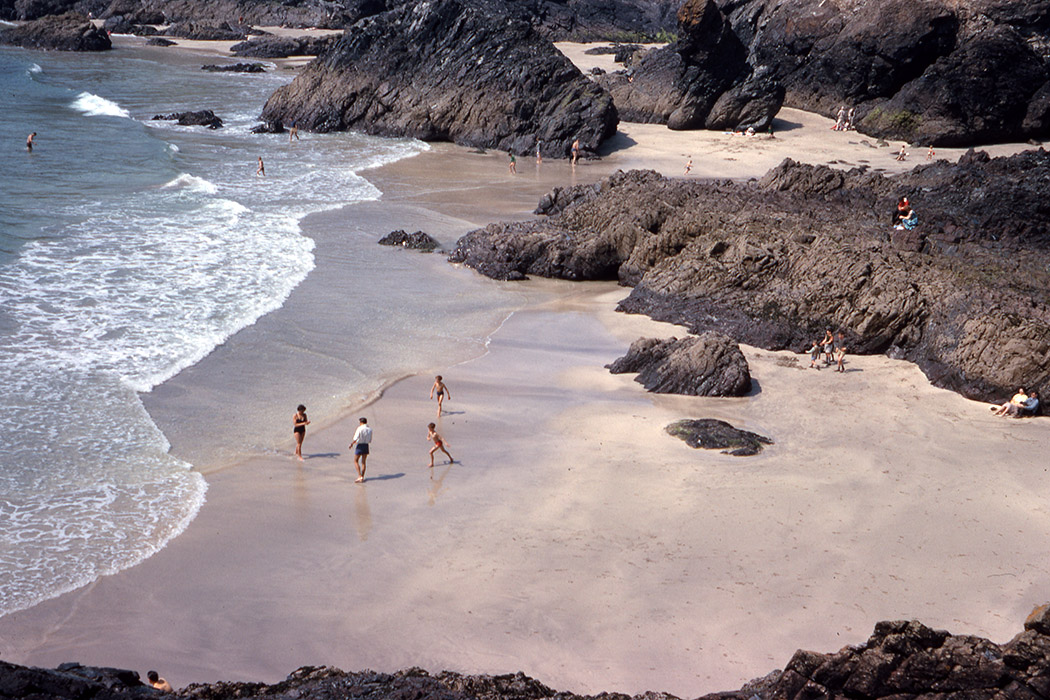What is the Computational Imaging Group?
The computational imaging group conducts research and provides postgraduate training in a variety of practical imaging applications. Much of the research is concerned with image reconstruction or image recovery: computing images of objects, scenes, internal structures, etc., from a variety of data. Although the strength of the group is in the theoretical and computational aspects of imaging, the focus is on practical applications, including the design of instrumentation (particularly acoustic and optical), algorithm development, data collection and computational implementation. The application areas are primarily in acoustic, astronomical, biophysical and biomedical imaging, and remote sensing. The group is led by five academic staff, together with approximately 20 postgraduate students and a number of postdoctoral fellows and research technicians. The group works with a number of national organisations and overseas research groups.
Research Projects
Research projects in the Computational Imaging Group fall into six areas which are outlined, together with the assoicated academic staff, below. For information on specific projects, contacts the academic staff member concerned.











